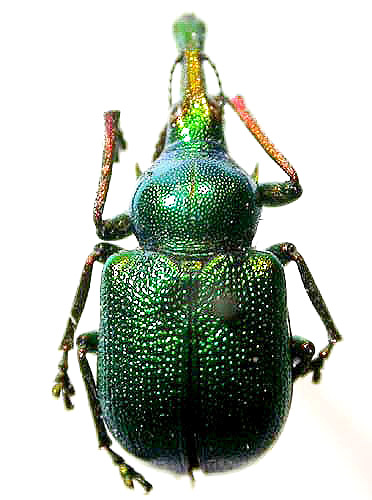We spoke with John Peter Thompson of the National Invasive Species Council Advisory Committee (ISAC) about stalwart ornamental plants you may be growing that have invasive characteristics. Part one of a series. This podcast focuses on problem plants east of the Mississippi, excluding Florida.
Program manager, policy analyst: invasive species, ecosystems, agricultural, horticultural and environmental research and bioeconomic policy consultant and advocate.
Sunday, February 02, 2014
Saturday, February 01, 2014
USDA APHIS-PPQ species intercept report to Maryland Invasive Species Council (MISC) January 2014
The
Maryland Invasive Species Council (MISC)
meets every other month throught the year.
MISC provides leadership concerning invasive species and encourages
efforts that prevent the introduction of, and manage the impact of, invasive
species on Maryland ecosystems. MISC members include federal, state and local
government as well as private industry and non-profit groups.
USDA
APHIS-PPQ Baltimore makes available to MISC members, and therefore the
public at-large, information about non-indigenous, and possibly invasive
species interceptions. APHIS-PPQ reports regularly to MISC about its efforts to
safeguard agriculture and natural resources from the entry, establishment, and
spread of animal and plant pests and noxious weeds into the United States of
America supporting, thereby, trade and exports of U.S. agricultural products.
At
the January 2014 meeting of MISC, APHIS-PPQ described the following port-of-entry
invasive species intercepts.
 | |
| Adult Dolycoris baccarum: Norfolk (May 2008) ©Tristan Bantock |
Dolichoderus quadripiunctatus was intercepted at the port of Baltimore for the first time and it was only the second time this species has been intercepted entering the US (first interception: Seattle 2009).
A scale identified by the national
specialist as Palmaspis sp. (Asterolecaniidae) was intercepted on Arenga
sp. from Jamaica. This is the first time this genus
has been intercepted at BWI.
Tetraleurodes
andropogoni was intercepted again by the port of Baltimore. T.andropogoni, a type of whitefly, had been found earl;ier in
2013 during an inspection of fresh leaves found inside of a traveler’s luggage carried
by a passenger originating from Nigeria and arriving from the United Kingdom in
Baltimore on March 10, 2013.. CBP seized the infested leaves and forwarded a
specimen to a USDA- Animal and Plant Health Inspection Service (APHIS) - Plant
Protection and Quarantine (PPQ) entomologist for identification. The remaining
leaves were then destroyed by incineration. Baltimore continues to be the only port in the
US that has intercepted this pest.
A caterpillar was found in a shipment of
Tulip popular from Chile. The caterpillar was identified as Elaphria
sp. There are more than 100 species of Elaphria described
however very few of the caterpillars are
known. According to Olivares et al. Elaphria bucephalina is the only
species known from Chile.
 |
| Byctiscus betulae (Linnaeus, 1758) Atlas of beetles of Russia Photo by K.A. Grebennikov |
The hopper Neophilaenus
sp.
Aphrophoridae (previously Cercopidae) was intercepted for the first time at the
port of Norfolk and only the second time nation wide.
Another stinkbug, Eysarcoris ventralis, was intercepted for the first
time in 2 years in the Mid‐Atlantic and only the second time by Norfolk CBP
(first Nov. 2008).
The snail Xerotricha conspurcata was intercepted in the Mid‐Atlantic
region 76 times in
2013 (41 Baltimore, 35
Norfolk).
Subscribe to:
Posts (Atom)